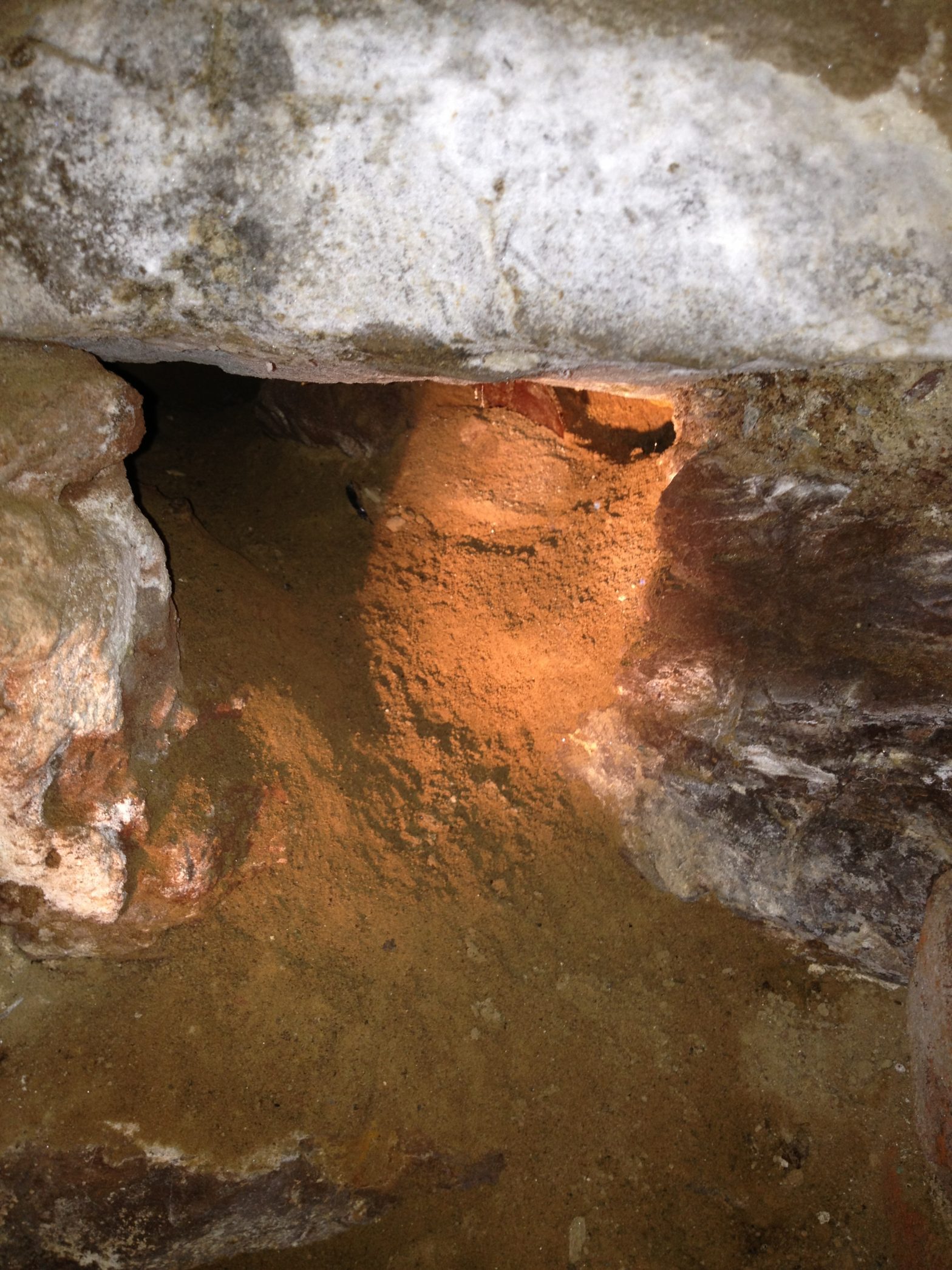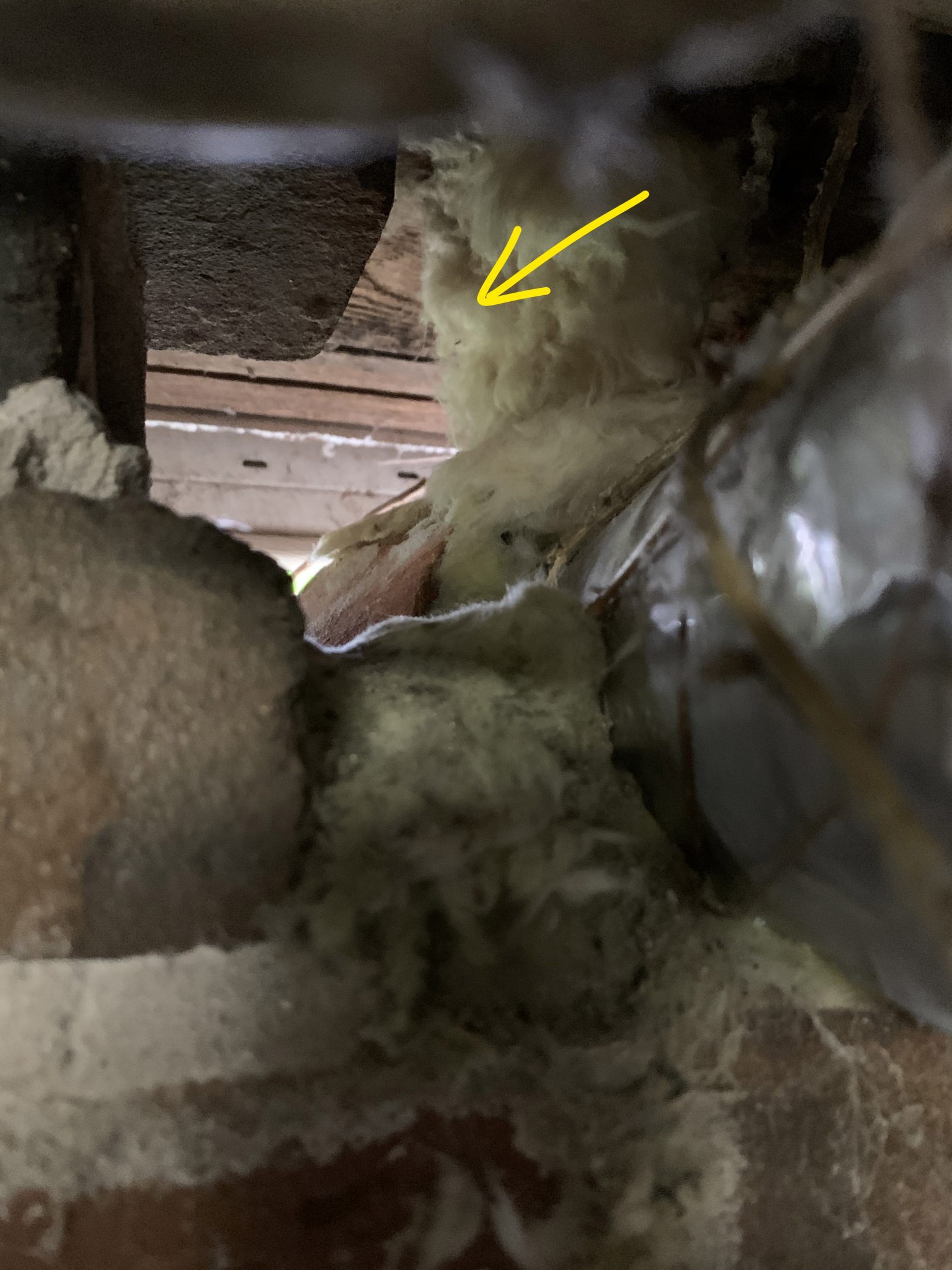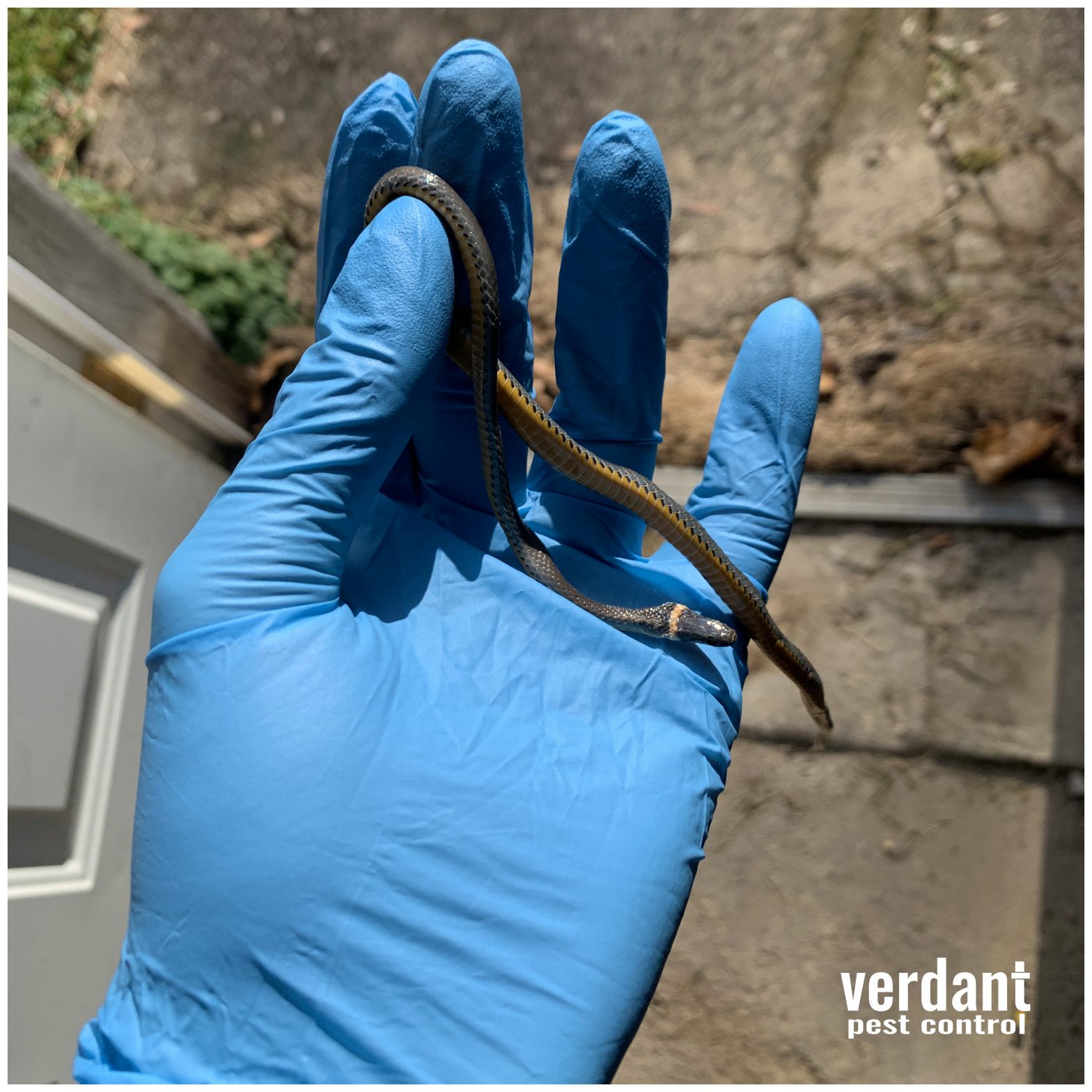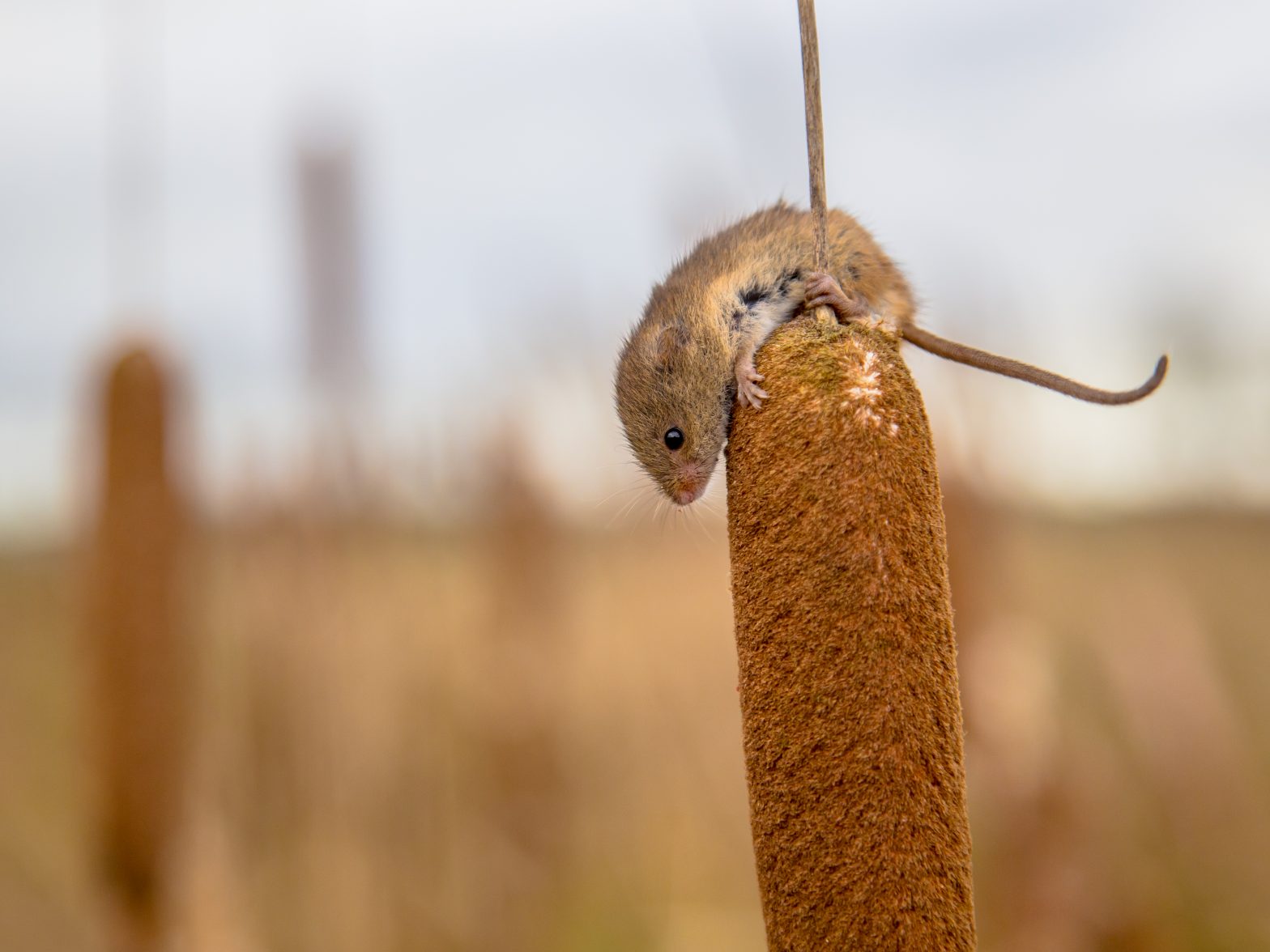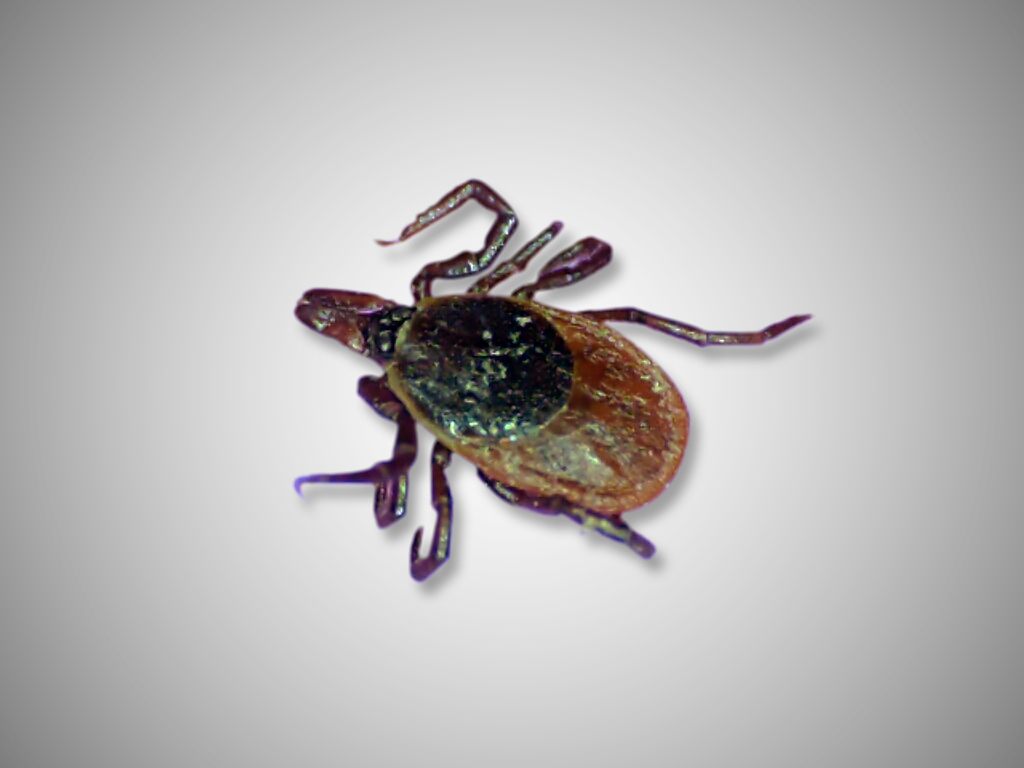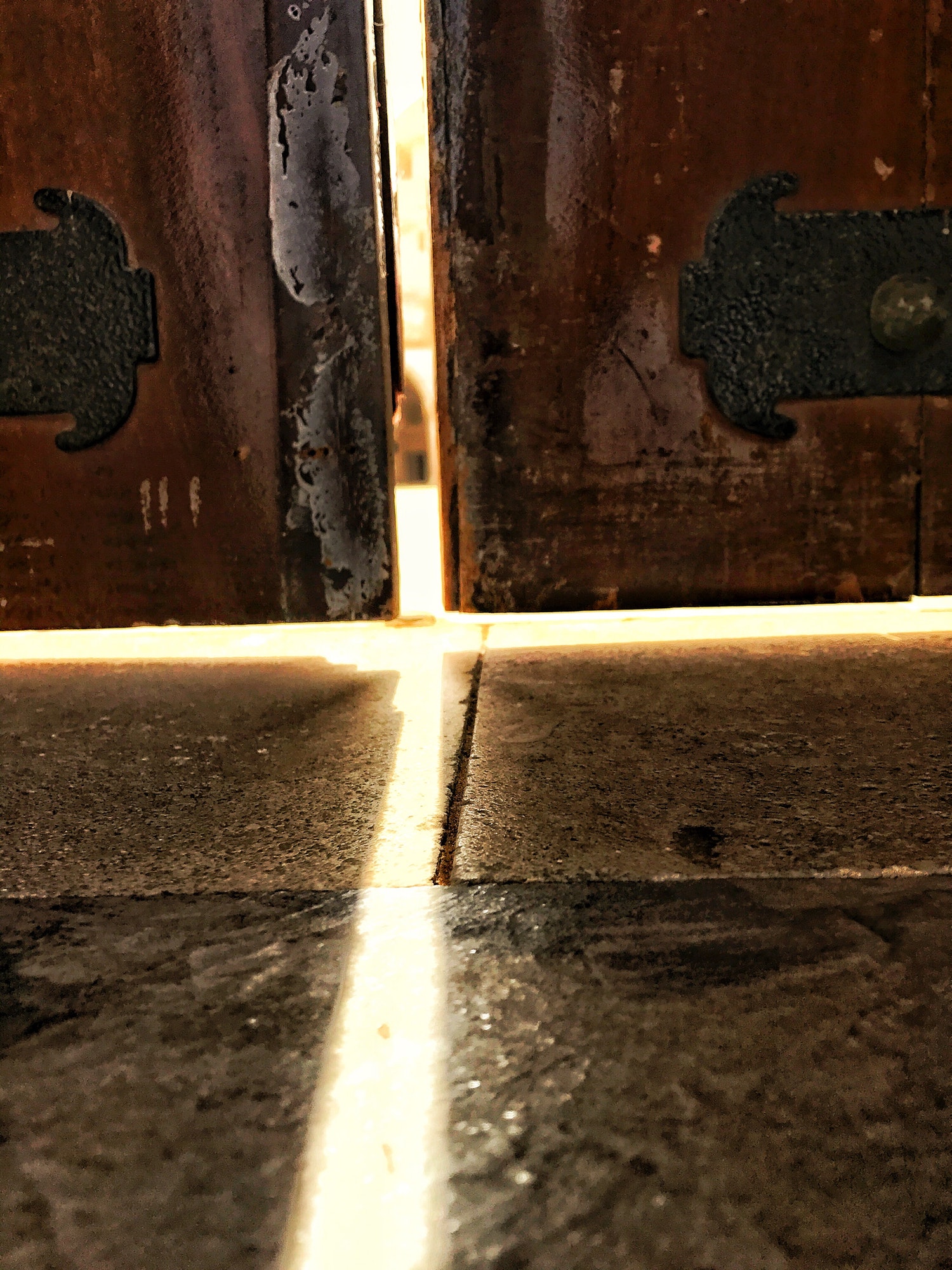A couple of signs that you may have a rodent problem. This kind of burrow is very common in homes with a stone foundation. This happens to be from rats, but mice burrowing looks very similar. Mice and rats use the stone foundation as the perfect home. They easily can make a home within and remain fairly well protected. Foundations like these let in more than mice or rats. They also allow entry for insects, snakes and moisture. Parging or cementing the walls is going to give you a barrier from these pests.
Tag: rodent control
Fixing gaps to prevent mice…
Gaps like this one around a dryer vent hose in the basement need to be sealed properly to prevent mice from entering the structure. This gap is so large you can feel a heavy air current coming thru the foundation. This is the first step to preventing your home from getting infested with mice or other pests. Exclusion for mice is a service we offer and works well when paired with a rodent maintenance plan. Call or go online today to schedule a no charge general pest inspection.
Northern Ring-necked Snake
Found. Northern Ring-necked Snake. These pretty looking snakes don’t get very big (max out at 15 inches) and like to eat insects and salamanders. They don’t bite but do release a musk when threatened. This little fellow expired long before I picked it up.
These rodent athletes are going to the olympics
Rodents are excellent athletes. Mice and rats and climb extremely well. Rodents like mice don’t need to gain entry into your home thru the ground level, they can climb up the side and enter through the attic instead. A thorough inspection for possible entry points is key in preventing mice or rats from getting inside. Having a regular maintenance plan is going to ensure you have a professional set of eyes inspecting for these entry points several times a year. Call us to set up your home protection plan and get control of mice and rats today.
The dreaded Lyme disease tick…
This is a Black Legged Tick, also known as the Deer Tick. This is the tick responsible for the spread of Lyme disease. They can vary in size depending on where they are in development. They live for about two years and are the biggest threat to humans and pets during late spring into summer. These ticks find their next host by “questing” or waiting. They do not seek you out but instead they lay and wait with their front arms outreached waiting for a passer by to grab on to. Feeding on a host can be as short as ten minutes or last a couple hours. Removing the tick as soon as possible is key in reducing risk of Lyme disease. It can take about 24 hours for the bacteria to be transmitted from the tick onto the new host, but it’s best not to wait that long and check yourself frequently when enjoying the outdoors.
Mouse Prevention
The best defense is a good offense and the same applies to mouse prevention. Gaps around doors, pipes, electrical wires, vents and other structural penetrations are the reasons why mice get inside. It is best practice to seal up these gaps to prevent initial entry. This includes replacing garage door seals and weatherstripping around windows and doors. It’s not always easy to identify exactly how a rodent is getting inside your home. It might not even be possible in some cases but the first place to start is with obvious points of entry and go from there. Part of our rodent services is to inspect and identify these. We can also put together a quote to seal them up for you. Rodents create all sorts of problems once inside so be sure to prevent their entry where ever possible.
Mr. Mouse comes to visit
Sure he looks cute with that little bowtie but don’t let this fancy rodent fool you. Mice are dirty creatures. They are constantly defecating and urinating where ever they go. The surfaces in which they are scurrying across, climbing on and living in are covered in microscopic germs. Among the diseases carried within and on these varmints is Salmonella, Leptospira, Typhoid, RickettsialPox, Hantavirus and more. Keeping mice out of your home or places of work is a must for a clean and safe environment. Every situation is unique but control methods that work well include exclusion, sanitation, poison baits and physical traps. Mouse control is best left to the professionals for proper and quick control of an infestation. Fecal clean up services can also be performed which I highly recommend paying skilled workers to do the job. These aforementioned pathogens become especially dangerous when stirred up during the cleaning process. Call today to learn more about how we can protect you from Mr. Mouse (and friends).

